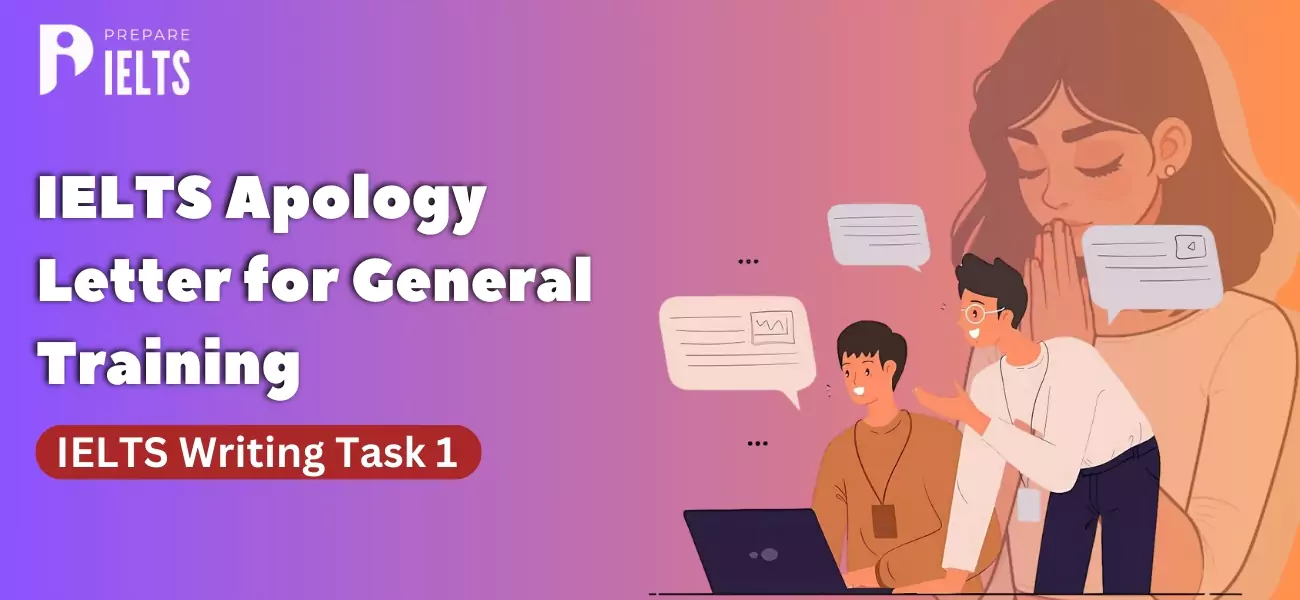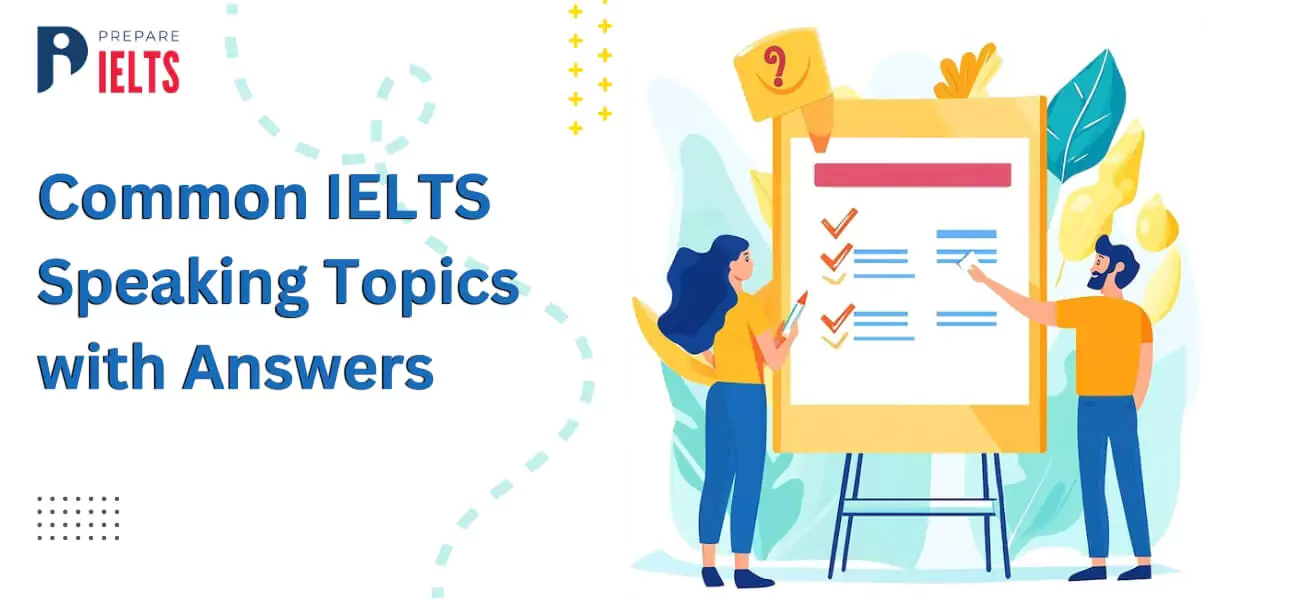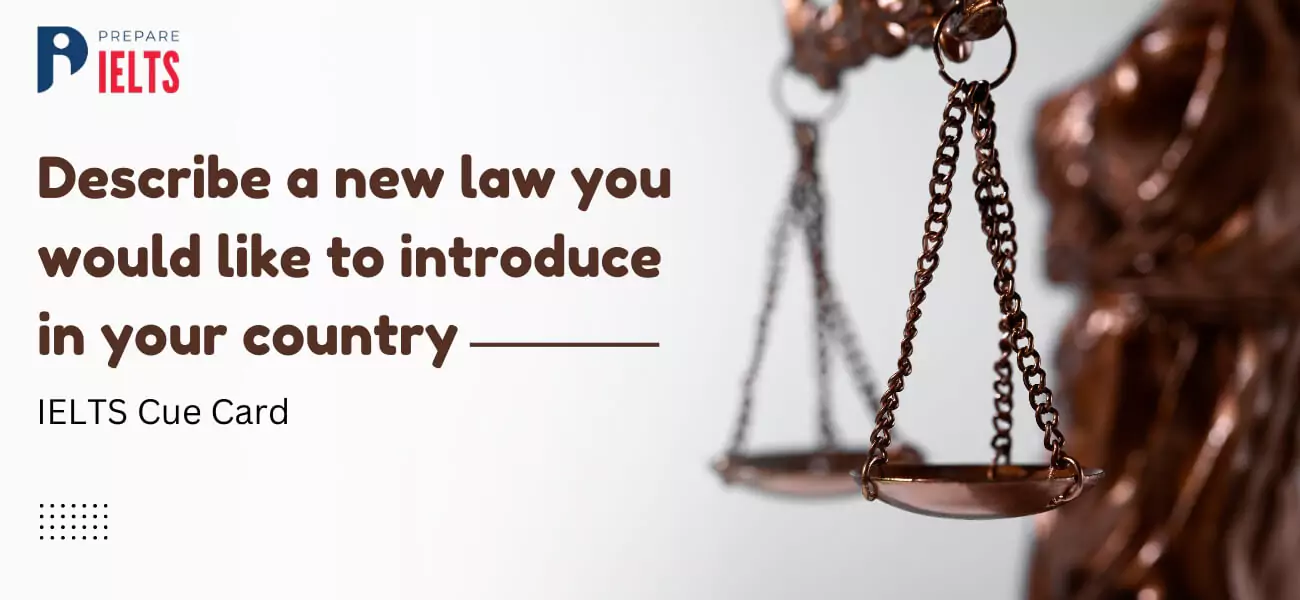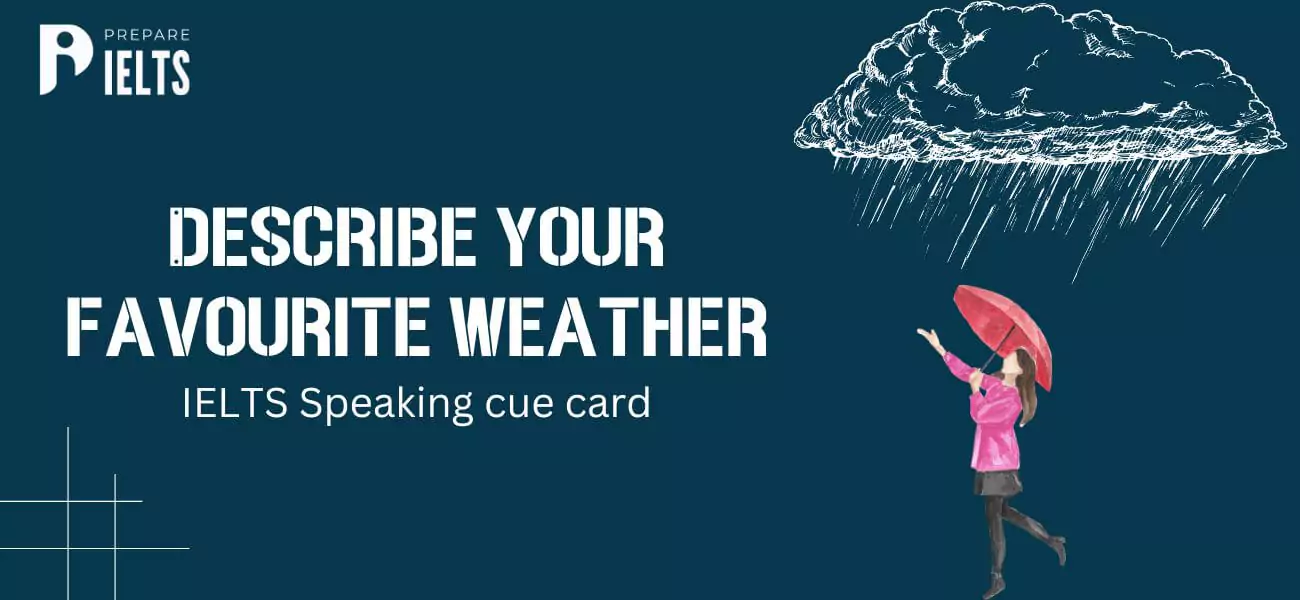
Overview
To excel in your IELTS reading test, you must solve a variety of reading passages. To help you prepare for the various types of reading questions on the IELTS, we have provided a reading passage and its answers in this blog, allowing you to practise answering new questions and double-checking your answers.
The White Horse of Uffington is a popular topic for the IELTS reading section. So, we've included the The White Horse of Uffington text, as well as relevant questions and answers, in this blog. Furthermore, this portion will measure a variety of reading skills, such as skimming, reasoning, and detail-oriented reading. So, read it until the finish.
- Overview
- Understanding IELTS Reading Section
- Diving into The White Horse of Uffington
- The White Horse of Uffington: Reading Passage & Questions
- The White Horse of Uffington IELTS Reading Answers with explanations
- Analysing Reading Answers: The White Horse of Uffington
- Comparative Reading: The Megafires of California
- Strategies for Tackling Diverse Reading Passages
- Conclusion
- FAQs
Understanding IELTS Reading Section
The reading section of IELTS, the bedrock of the exam, is used to check a candidate's competency in comprehending, analysing, and interpreting written English. It consists of different texts from the descriptive and factual genre to the analytic and discursive. Including different reading topics will highly contribute to the overall result, for example, "The White Horse of Uffington" and "The Megafires of California."
This plurality enables candidates for the exam to familiarise themselves with all types of materials they will come across during the exam, ensuring that they are competent enough to deal with any form of reading passage.
Diving into The White Horse of Uffington
"The White Horse of Uffington" is a passage that makes us feel like we are at the top of the grassy hills of Oxfordshire, England, where a prehistoric figure has been carved into the chalk hillside. The passage provides a broad range of history, mythology, and archaeological facts, making it a perfect topic for IELTS practice sessions. Getting through comprehension questions of this passage is about detailing and making sense of the context, which is good for doing well in the IELTS reading section.
Also Read: Describe a person you would like to study or work with - IELTS cue card
Register Now, for a free Mock test - Join Today!
The White Horse of Uffington: Reading Passage & Questions
Since more than 3,000 years ago, enormous sculptures, or "geoglyphs," have been carved into the dirt of English hillsides. There are 56 hill figures spread around England. The great majority of them are located on the chalk downlands of the southern counties. There are giants, horses, crosses, and regimental insignia among the figures. Despite the fact that the bulk of these geoglyphs were created during the previous 3000 years, there are a few that are far older.
The most renowned of these statues, the Uffington White Horse in Oxfordshire, is also the most mysterious. The White Horse has lately been redated and proved to be even older than the ancient pre-Roman Iron Age* age originally attributed to it. The dating of the mysterious Long Man of Wilmington in Sussex is more debatable. While many historians believe the figure is prehistoric, some believe it was carved between the 11th and 15th centuries by an artistic monk from a local priory.
To expose the sparkling white chalk beneath these colossal sculptures, it was just necessary to chop away the grass on top. However, the grass would quickly grow back over the geoglyph if it was not routinely cleaned or scoured by a sizable human team. One reason for the demise of the vast majority of hill figures is that folks no longer bothered or remembered to sweep aside the grass to reveal the chalk outline when the traditions associated with the figures vanished.
In addition, over the course of hundreds of years, the geoglyph's initial shape would occasionally vary as a result of humans not always carving in the same location, resulting in a changing outline. The fact that any old hill figures remain in England attests to the power and durability of local customs and beliefs, which, in at least one example, must date back millennia.
The Uffington White Horse is a distinctive stylized image of a horse with a long, slender back, thin, disconnected legs, a flowing tail, and a bird-like beaked head. The graceful creature nearly blends into the scenery. The horse is located 2.5 kilometres from Uffington Hamlet on a steep slope next to the Late Bronze Age hillfort of Uffington Castle (about 7th century BCE) and below the Ridgeway, a long-distance Neolithic** route.
Also surrounding the Uffington Horse are Bronze Age burial mounds. It is close to the well-preserved Bronze Age cemetery of Lambourn Seven Barrows, which has over thirty burial mounds. As is the case with many geoglyphs, the sculpture is best viewed from above, as it has been positioned such that it is nearly impossible to observe from a close distance. Nonetheless, there are portions of the Vale of the White Horse, the valley holding and named after the mysterious beast, from which a sufficient impression may be derived. On a clear day, the sculpture is visible up to 30 kilometres distant.
The first mention of a horse in Uffington dates back to the 1070s CE, when 'White Horse Hill' is recorded in papers from the adjacent Abbey of Abingdon, and the first mention of the horse itself follows shortly thereafter in 1190 CE. However, it is thought that the carving dates back far further than that. Due to the similarities between the Uffington White Horse and the stylized portrayals of horses on coins from the 1st century BCE, it was believed that the creature dated to the same era.
In 1995, the Oxford Archaeological Unit conducted Optically Stimulated Luminescence (OSL) tests on dirt from two of the horse's lower body layers and a sample was taken at the base. The result was a date for the horse's creation between 1400 and 600 BCE, indicating that it originated around the Late Bronze Age or Early Iron Age.
The latter end of this date range would link the horse sculpture to the nearby Uffington hillfort, hinting that it may be a tribal symbol identifying the hillfort's inhabitants' land. Alternatively, the carving may have occurred during a Bronze Age or Iron Age ceremony. Some experts believe It is said that the horse represents the Celtic horse goddess Epona, who was revered as a guardian of horses and for her links to fertility.
However, Epona worship was not brought from Gaul (France) until about the first century CE. This date is at least six centuries after the probable carving of the Uffington Horse. Despite this, the horse had significant ceremonial and economic importance during the Bronze and Iron Ages, as seen by its representation of jewellery and other metal things. It is probable that the sculpture portrays a native deity, such as Rhiannon, who is depicted in later Welsh mythology as a lovely woman riding a white horse and clad in gold.
The ease with which geoglyphs may vanish, as well as the rituals and importance associated with them, shows that they were never intended to be more than gestures. However, this does not diminish their significance. These enormous engravings provide a fascinating peek into the thinking of their makers and how they perceived the environment in which they lived.
*Iron Age: a time period (in Britain, 800 BCE to 43 CE) marked by the employment of iron implements.
*The Bronze Age is a time period (in Britain, around 2,500 BCE to 800 BCE) distinguished by the invention of bronze implements.
*Neolithic: a time period (in Britain, c. 4,000 BCE – c. 2,500 BCE) notable for the expansion of agriculture and the use of stone tools.
The ancient people who came from Europe to Britain before the Romans.
Questions 1–5
Do the following statements agree with the information given in the reading passage?
In boxes 1–5 on your answer sheet, write:
True if the statement agrees with the information.
False if the statement contradicts the information.
It is not given if there is no information on this
1. Most geoglyphs in England are located in a particular area of the country.
2. There are more geoglyphs in the shape of a horse than any other creature.
3. A recent dating of the Uffington White Horse indicates that people were mistaken about its age.
4. Historians have agreed about the origins of the Long Man of Wilmington.
5. Geoglyphs were created by people placing white chalk on the hillside.
Questions 6-8
Answer the following questions.
(note:- no more than 2 words)
6. How many hill figures were scattered around England?
7. The Bronze Age cemetery of Lambourn consists of what?
8. Who was worshipped as a protector of horses?
Questions 9 – 13
Complete the notes below.
Choose ONE WORD ONLY from the passage for each answer.
Write your answers in boxes 9-13 on your answer sheet.
The location of the Uffington White Horse:
a distance of 2.5 km from Uffington village
near an ancient road known as the 9 ……………………
close to an ancient cemetery that has several burial mounds
Dating the Uffington White Horse:
the first reference to White Horse Hill appears in 10 …………………… from the 1070s
horses shown on coins from the period 100 BCE – 1 BCE are similar in appearance
according to the analysis of the surrounding 11 ……………………, the Horse is Late Bronze Age / Early Iron Age
Possible reasons for the creation of the Uffington White Horse:
an emblem to indicate land ownership
formed part of an ancient ritual
was a representation of goddess Epona – associated with the protection of horses and 12……………………
was a representation of a Welsh goddess called 13 ……………………
Also Read: What are the Benefits of the IELTS Test?
The White Horse of Uffington IELTS Reading Answers with explanations
Answer 1: True
Detailed Explanation: The paragraph implies that the majority of the 56 hill figures of England are located in the Chalk Downlands in the south of the counties. This verifies the accuracy of the statement as it shows the special geographical preference or concentration of these geoglyphs in the particular region.
Answer 2: Not given
Detailed Explanation: The text does not tell the exact figures of geoglyph shapes, for example, whether there are more horse figures than other shapes, such as giants, crosses, or a regimental insignia. The non-specification of the magnitude of the horse-shaped geoglyphs suggests that the best answer for this statement is "Not given."
Answer 3: True
Detailed Explanation: The new re-dating of the Uffington White Horse has shown that it is older than initially believed, the previous assumption being that it was from the pre-Roman Iron Age. This new evidence has refuted the previous views on its age and has shown that historical interpretations are built on new scientific data, making the given statement true.
Answer 4: False
Detailed Explanation: This portion of the passage emphasises that historians have disagreed about when the Long Man of Wilmington was created, ranging from prehistory to the period between the 11th and 15th centuries. One of the main objectives of this diversity is to invalidate the idea of common origin, hence the falsehood of the statement.
Answer 5: False
Detailed Explanation: Geoglyphs, one of which is Uffington White Horse, is made not by adding white chalk to the landscape but by removing the grass, which exposes the underlying white chalk. Unlike the assumed method displayed in the question, this construction mode emphasises a misperception of the fabrication technique, therefore rejecting the statement as false.
Answer 6: 56
Detailed Explanation: It is indicated that there are 56 hill figures in England. This figure is simply provided in the text and offers an evident count of these famous sites.
Answer 7: Burial-mounds
Detailed Explanation: The Lambourn Seven Barrows is portrayed as an impressive Bronze Age cemetery containing more than 30 tumuli. This factor demonstrates the historical and archaeological relevance of the area, associating it with wider customs of burial and commemoration during the Bronze Age.
Answer 8: Goddess Epona
Detailed Explanation: Epona, a Celtic goddess worshipped as a protector of horses and connected with fertility, is thought to be the potential underlying influence or the embodied representation exemplified by the Uffington White Horse. This connection to Epona shows how central horses were to old civilisations' cultural and religious fabric.
Answer 9: Ridgeway
Detailed Explanation: The Uffington White Horse lies near the Ridgeway - a track or a road presumably dating back to antiquity, indicating that the horse could be an important landmark or symbol within this ancient network of pathways.
Answer 10: Documents
Detailed Explanation: The White Horse Hill, where the Uffington White Horse is placed, was first documented in the early 1070s CE, thereby highlighting the deep-rooted acknowledgement and significance of the site in written records.
Answer 11: Soil
Detailed Explanation: Optically Stimulated Luminescence study (OSL) undertaken on the soil around the Uffington White Horse provided fresh knowledge of its age and dates its creation to the Late Bronze Age or Early Iron Age. This data justifies the methodology behind dating ancient artefacts and sites.
Answer 12: Fertility
Detailed Explanation: The correlation of the Uffington White Horse with Epona, a goddess associated with fertility, reflects the versatility of these symbols not only as artistic images but also as embodiments of religious and cultural values.
Answer 13: Rhiannon
Detailed Explanation: The depiction of the Uffington White Horse as Rhiannon, the Welsh mythological figure associated with a white horse, raises the possibility of these geoglyphs having cultural or religious significance, mirroring the religious beliefs and mythologies of the people who created them.
Also read: How to Overcome Stress on IELTS Test Day
Analysing Reading Answers: The White Horse of Uffington
Embracing these intensive approaches to reading passages similar to "The White Horse of Uffington" will prepare you for the IELTS reading section. This holistic approach illuminates the passage itself and forms skills that can be applied to different types of reading materials.
Understanding Context and Detail:
-
Examine Historical Context: The passage possibly gives us knowledge about the beginning and the history of the White Horse. To provide correct answers, one has to be aware of the period, cultural consequences and archaeological discoveries.
-
Identify Specific Details: Consider exact dates, data from archaeology, and opinions of experts in history. Such descriptions often reveal direct answers about the horse’s creation and help you provide the correct answers.
Interpreting Symbolism and Significance:
-
Explore Symbolic Meanings: the White Horse could be connected to different parts of the ancient culture or indicate the route. When questions involve the question of interpretation, try to also capture the wider cultural or historical meaning in the context.
-
Assess Cultural Impact: Decide how the horse has inspired regional legends, customs, and contemporary appreciation. This may be addressed by various questions, such as how it relates to community identity or how it is implemented in modern-day celebrations.
Analytical Reading for Inference Questions:
-
Make Inferences: For example, some questions may make you draw some inferences about the reasons for its preservation or the techniques used during its creation.
-
Compare and Contrast: Now, you might be asked to compare White Horse with other historical figures or symbols since this might require a thorough analysis of similarities and differences mentioned in the passage.
Applying Critical Thinking:
-
Evaluate Author's Purpose: Analyse the reason why the author chose particular aspects of the White Horse. Is it to inform, to persuade, or to offer a hypothesis? Being clear about the purpose can help in answering questions about the passage's tone or central message.
-
Analyse Argumentation: If the passage stands the debate or the theory on the issue of the origin and age of the White Horse, scrutinise the evidence offered. This analysis will be the answer to questions requiring your judgment about the most convincing argument or the author's viewpoint.
Strategies for Complex Questions:
-
Use Process of Elimination: For the case of multiple-choice questions, pick out the answers that are not supported by the text. This tactic is especially helpful in the case of difficult questions where several answers appear to be true.
-
Refer Back to the Passage: When confronted with tough questions, it may be beneficial to go back to the particular paragraph or section you’re working with. It guarantees that your responses are more text-based than assumptions-based.
Comparative Reading: The Megafires of California
"The White Horse of Uffington" versus "The Megafires of California" highlights the diversity of subjects that IELTS entrants should be ready to deal with. The main difference is that one is rooted in history and culture, while the other deals with science and the influence of pollution. However, the reading strategies can be seen as different—gathering the main idea, locating key details, and organising information for question response accurately.
Strategies for Tackling Diverse Reading Passages
Implementing the following strategies into your IELTS preparation routine can significantly enhance your ability to tackle reading passages of various topics and complexities.
Familiarise Yourself with Common Topics:
-
Identify key IELTS reading topics, such as culture, environment, science, and society.
-
Engage with various subjects (articles, journals, books) through which you'll gain more knowledge.
Develop a Strong Vocabulary:
-
Develop a vocabulary notebook or an online document to list new words.
-
Use flashcards or smartphone apps for learning and reviewing terms unknown to you.
-
Practice using the new vocabulary in sentences to develop retention.
Improve Skimming and Scanning Skills:
-
Skimming: Quickly read a text to understand the main concept. Practice by condensing paragraphs into a single sentence.
-
Scanning: Search for detailed information that consists of dates, names, or facts rather than reading everything in a summary.
Practice Active Reading Techniques:
-
Take notes or emphasise important points while studying to increase understanding and retention.
-
Enquire about the purpose of the text, the author's idea, and the primary arguments raised.
Understand Question Types and Strategies:
-
Familiarise yourself with the types of questions used in the IELTS reading section (e.g., multiple choice, true/false/not given, matching headings).
-
Create individual techniques for each question type, for example, to look for synonyms of words in the text for true/false/not given questions.
Build Analytical Reading Skills:
-
Practice learning how to detect the writer’s tone, attitude, and purpose.
-
Analyse how reasons are presented and backed up in the text.
Engage in Regular Practice:
-
Practice time management by timing your reading practice and reducing distractions.
-
Practice tests are essential because they help you understand the structure and intensity of real exams.
Review and Reflect on Practice Sessions:
-
Once you have read the passages, set aside time to check your answers, especially the wrong ones.
-
Review your mistakes and know why an answer was wrong to avoid making the same error again in the future.
Seek Feedback and Guidance:
-
Work with a tutor or join a study group to get feedback on improving your reading strategies.
-
Participate in reading passage discussions to get a broader view and understand different things.
Conclusion
The journey to IELTS success is multifaceted, with reading comprehension playing a crucial role. Through exploring diverse topics like "The White Horse of Uffington" and "The Megafires of California," aspirants can build a robust foundation for tackling the reading section. The strategies and tips outlined in this blog serve as a compass, guiding IELTS aspirants towards achieving their desired scores. Let this be a motivation for continued practice, for in the realm of language learning, perseverance is the key to unlocking unparalleled success.
We hope you now have an idea of how easy or difficult it is to pass the IELTS Reading Test. But, still, if you are looking for more details or would like to prepare for IELTS, you can contact Prepare IELTS Exam (PI) expert counsellors for further guidance. Our team of education experts is dedicated to providing you with the best test material and guidance to ace the IELTS exam. You can get a one-on-one counselling session and an IELTS online practice test via our platform. Contact us at info@prepareieltsexam.com or call us at +91 9773398388 for further queries.
FAQs
Improving your reading speed involves regular practice with diverse reading materials. Start by timing yourself while reading articles or passages and gradually reduce the time taken to read them without compromising comprehension. Techniques like skimming (for the main idea) and scanning (for specific details) are particularly effective. Additionally, expanding your vocabulary can help you understand texts more quickly.
The IELTS reading section includes a variety of passage types covering a wide range of topics. These can range from descriptive and factual texts about everyday life to analytical and discursive texts on science, culture, environment, and social issues. The selection is designed to test your ability to understand, analyse, and interpret information.
Yes; for True/False/Not Given questions, focus on identifying keywords in the question and scan the passage for these or their synonyms. Understand that "True" requires information in the passage that directly agrees with the statement, "False" means the passage contradicts the statement, and "Not Given" indicates that the information is not mentioned. Practice distinguishing between the author's opinion and factual statements to improve your accuracy in answering these questions.
Effective time management involves allocating a specific amount of time to each passage and set of questions, typically around 20 minutes. Start by quickly skimming the passage to grasp the main idea, then move on to the questions. Use scanning techniques to find answers more efficiently. Practice this approach during preparation to become more comfortable with pacing and ensure you have time to answer all questions.
When you bump into unfamiliar vocabulary, try to grasp its meaning through the context of the sentence or paragraph. Mastering prefixes, suffixes, and root words will enable you to infer meanings. Practising with varied reading materials and creating a vocabulary journal to note new words helps you build up your powers to deal with difficult vocabulary.
Latest Blogs
-

IELTS Score for Canada: Minimum IELTS Requirement for Canada 2025
2024-09-27 18:24:14
-

IELTS Apology Letter for General Training: IELTS Writing Task 1
2024-09-25 16:38:03
-

Minimum IELTS Score for Australia: Student Visas, Universities, and PR in Australia
2024-09-23 18:09:51
-

Common IELTS Speaking Topics with Answers
2024-09-20 18:21:56
-

Describe a foreign culture that you like: IELTS speaking cue card
2024-09-18 16:14:11
-

Describe a Rainy Day IELTS Speaking cue card
2024-09-18 11:11:32
-

Describe a new law you would like to introduce in your country IELTS cue card
2024-09-13 17:17:46
-

Describe your favourite weather: IELTS cue card
2024-09-11 18:01:28
-

Describe an enjoyable journey by public transport: IELTS cue card
2024-09-09 18:05:45
-

Step-by-Step Guide to IELTS Registration in India for the Year 2024 & 2025
2024-09-07 12:59:51


